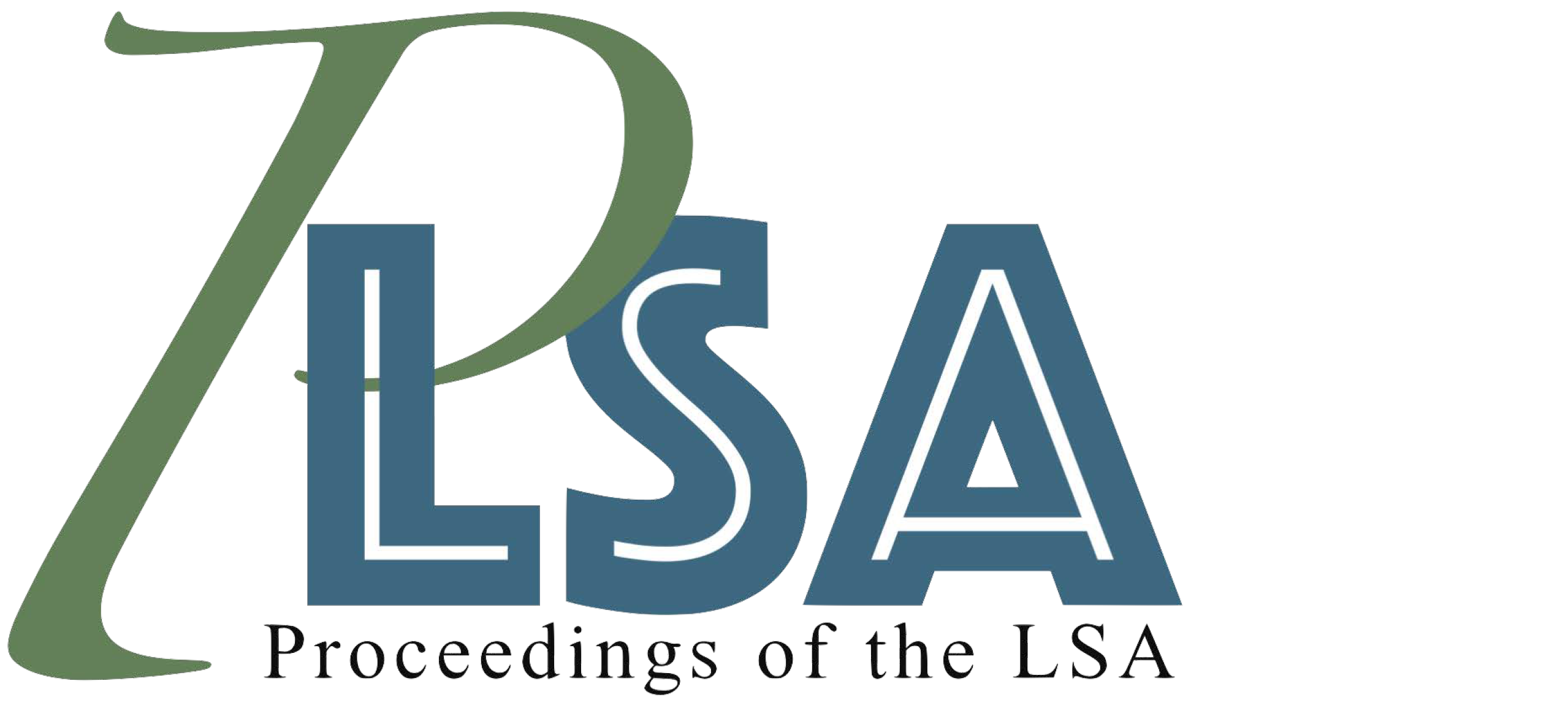The role of gender in the acquisition of the Serbian case system
DOI:
https://doi.org/10.3765/plsa.v6i1.5031Keywords:
Serbian, Croatian, case marking, morphology, language acquisitionAbstract
Serbo-Croatian is marked for seven cases and has a noun class vs. gender distinction. Given the complexity of the inflectional system, we look at Serbo-Croatian as a case study in case acquisition. We explore different correlations available in the input that children could leverage to acquire the case system in Serbo-Croatian. We ask three main questions: 1) does a noun’s gender predict the noun’s nominative singular suffix? 2) does a noun’s nominative singular suffix predict the noun’s gender? and 3) does a noun’s noun class predict the noun’s gender? Specifically, we ask whether the language input provides children with sufficient evidence to form these three productive generalizations. To test this, we apply the Tolerance Principle (Yang, 2016) to a corpus of 270 inflected Serbian nouns. Within this set of data, we find that: 1) all nominative singular suffixes productively predict a gender; 2) all genders productively predict a nominative singular suffix (with the exception of the neuter gender which predicts two suffixes); and 3) two of the three noun classes predict a single gender. We conclude that the input provides sufficient evidence for these productive correlations and we argue that children can leverage these generalizations to infer the declension patterns or gender of novel nouns. We discuss how, given these findings, children could acquire most of the inflectional system by focusing on gender as a categorization system for nouns, without needing to posit abstract categories of noun class.Downloads
Published
2021-03-29
Issue
Section
Articles
License
Published by the LSA with permission of the author(s) under a CC BY 4.0 license.
How to Cite
Pophristic, Stefan, and Kathryn Schuler. 2021. “The Role of Gender in the Acquisition of the Serbian Case System”. Proceedings of the Linguistic Society of America 6 (1): 896–905. https://doi.org/10.3765/plsa.v6i1.5031.
